For years, dinosaurs have been typecast as lumbering beasts with more brawn than brains.
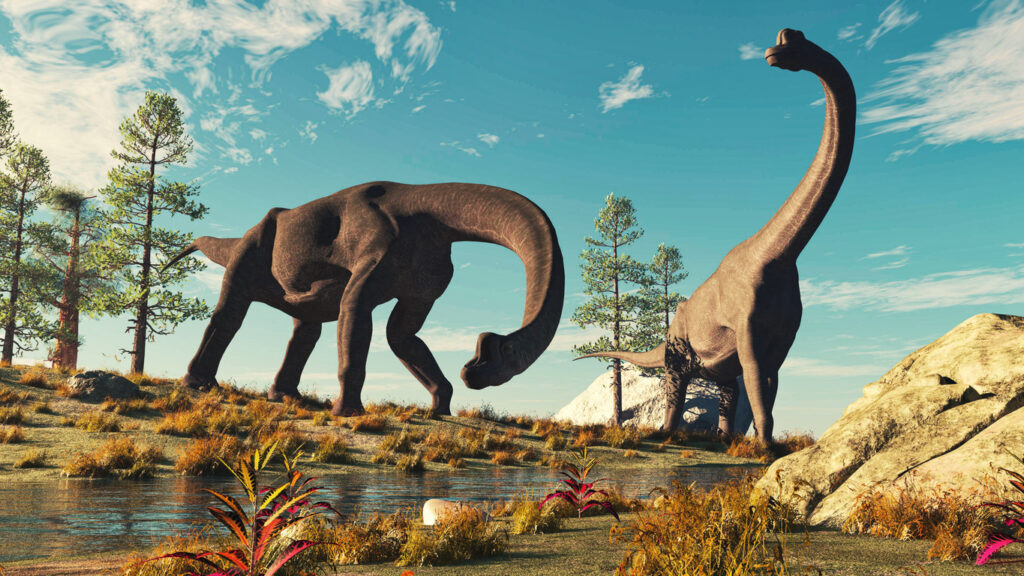
It didn’t help that early discoveries focused on size and teeth, fuelling the idea that they were primal and not much else. But science has been quietly rewriting that story. More recent studies are showing that many dinosaurs were not only intelligent—they were socially aware, adaptable, and in some cases, downright clever. Here are 12 ways we now know dinosaurs were sharper than we gave them credit for.
Some dinosaurs had excellent problem-solving skills.
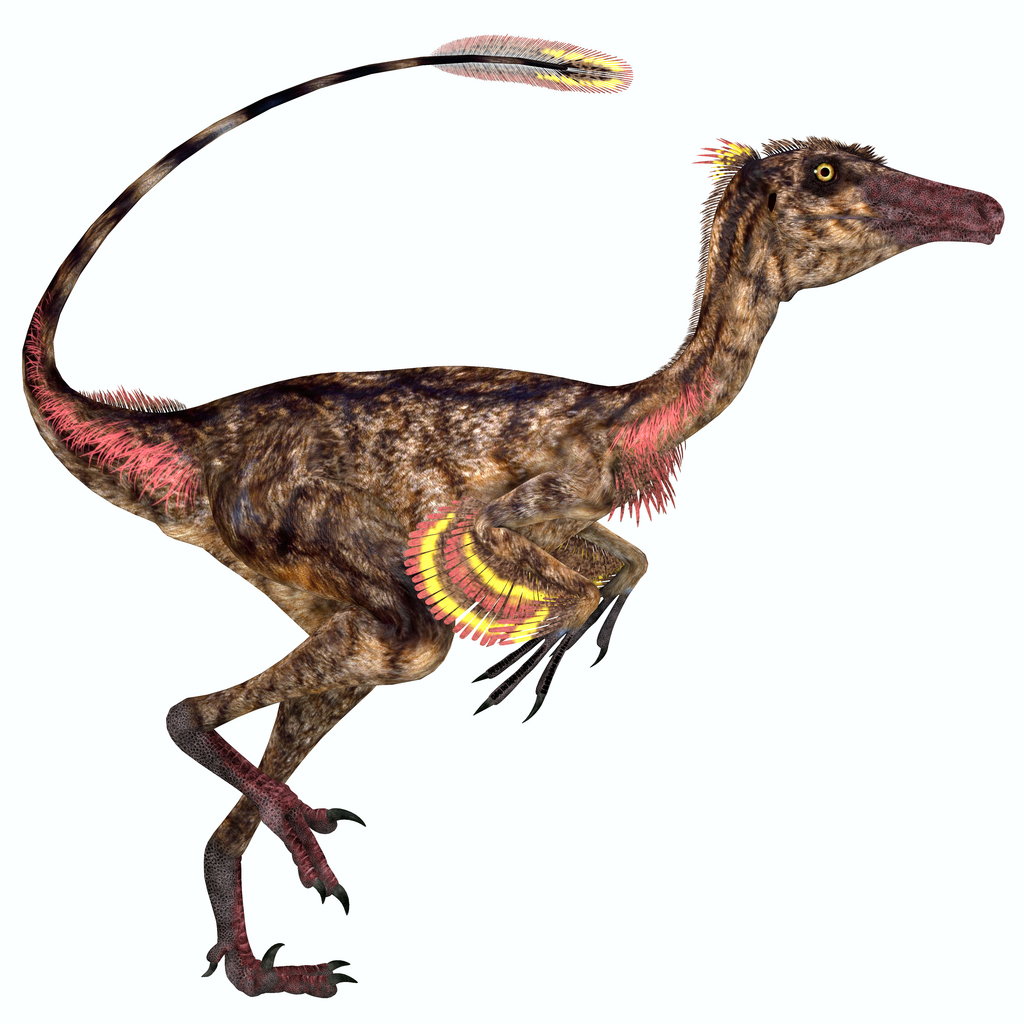
The idea of dinosaurs being able to think their way out of a situation isn’t just wishful thinking. Studies of certain species like the Troodon, often dubbed one of the most intelligent dinosaurs, suggest they had the brainpower to solve problems and adapt quickly. With a brain-to-body ratio approaching that of modern birds, Troodons likely used reasoning skills to hunt, avoid predators, and possibly even plan ahead. While we can’t say for sure whether they were puzzle-solvers in the modern sense, it’s clear their cognitive abilities were nothing to scoff at.
In fact, Troodon’s brain size relative to its body mass has led scientists to estimate it was among the most brainy of non-avian dinosaurs. As discussed in this Scientific American piece, that kind of brain development could’ve meant they had the capacity for learning from experience—something that sets intelligent species apart.
They had complex social structures.
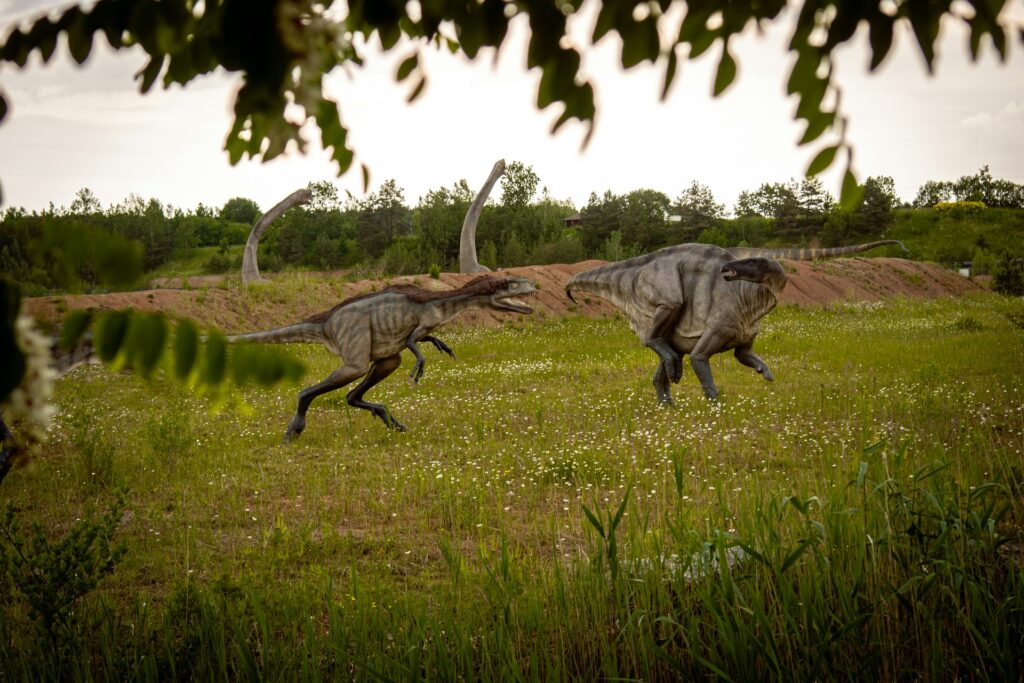
Evidence from fossilised trackways and nesting grounds suggests that some dinosaurs didn’t just roam solo. They moved in coordinated herds and looked after each other’s young. Take the Maiasaura, for example—nicknamed the “good mother lizard” after findings showed that adults returned to the same nesting sites and cared for their hatchlings. This level of social awareness and cooperation points to an intelligence that goes well beyond instinct.
What’s especially interesting is that these behaviours mirror those seen in modern herd animals and birds, where intelligence is often tied to social cohesion. A 2022 review in the journal Frontiers in Ecology and Evolution highlights how social complexity in animals tends to co-evolve with cognitive abilities, suggesting that dinosaurs likely used brains and not just brawn to survive in groups.
They communicated in sophisticated ways.
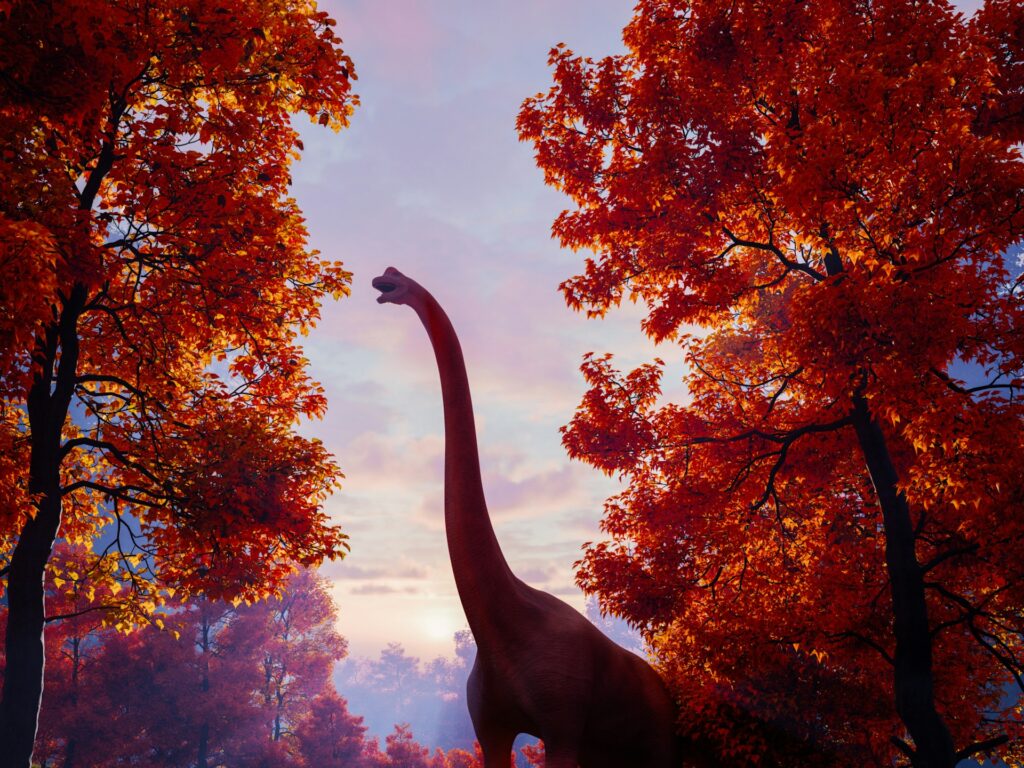
While we obviously can’t hear what dinosaurs sounded like, their anatomy gives us clues. Hollow crests in species like Parasaurolophus suggest they could produce low-frequency sounds to communicate over long distances. Combine that with possible vocal cords and visual displays like feather puffing or body movements, and it’s likely that many dinosaurs had a varied communication toolkit.
This kind of communication would’ve required more than just instinct—it calls for intention and awareness. Research from the American Museum of Natural History has explored how these communication tools could’ve helped dinosaurs warn each other, attract mates, or coordinate in groups—behaviours that hint at complex cognitive processes.
They could learn from experience.

Birds, the closest living relatives to dinosaurs, are known for their ability to learn by watching others. And there’s every reason to believe some dinosaurs had similar capacities. Research into the brains of theropods suggests neural structures that would’ve allowed for memory storage and decision-making. That means they could’ve learned from past encounters, changed their behaviour accordingly, and even passed on knowledge within their group.
A 2016 paper in Nature titled “Bird brains and dinosaur intelligence” argues that some dinosaurs may have had the same brain regions that birds use for associative learning, which is key for interpreting experiences and adjusting future behaviour. That makes these ancient reptiles far more capable than we once believed.
Feathers weren’t just for show—they hinted at complex behaviour.
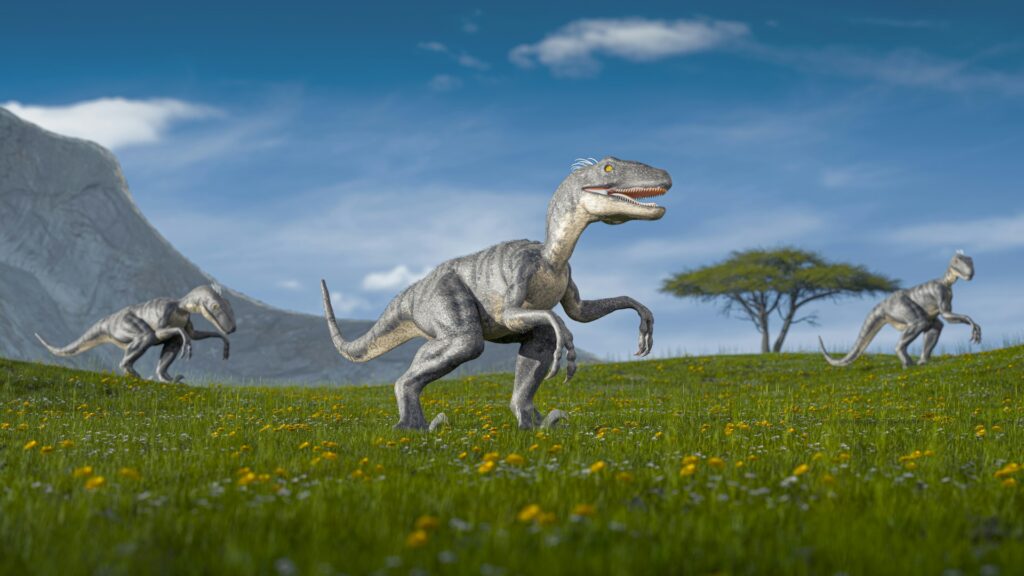
Feathers are no longer seen as a strictly birdlike trait. Many feathered dinosaurs, including the now-famous Velociraptor, used them for more than flight. Feathers may have played a role in temperature regulation, mating rituals, or even parent-offspring bonding. These uses require awareness of social cues, environmental factors, and timing.
According to the Natural History Museum in London, some dinosaurs had colour patterns in their feathers, which might have helped them recognise each other or signal readiness to mate. This suggests visual cues and recognition were part of their behavioural repertoire—another tick in the intelligence box.
They looked after their young with care.
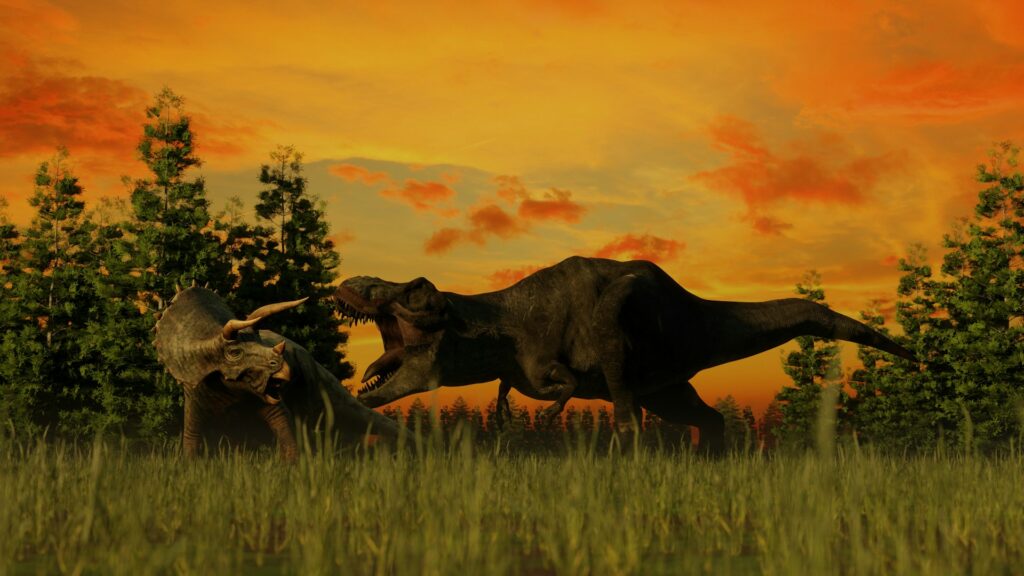
Not all dinosaurs laid eggs and walked off. Fossil evidence from species like Oviraptor shows adults sitting on nests in brooding positions similar to birds. That’s not just about staying warm—it’s about protecting and nurturing. Parental investment is a key marker of intelligence in the animal kingdom, as it requires long-term planning and emotional awareness.
A 2018 study published in Science Advances examined fossilised Oviraptor nests and found adults sitting in birdlike postures. That kind of attentiveness, especially when it puts the adult at risk, shows an awareness of offspring needs and a willingness to adapt to them—a clear indication of emotional depth.
They adapted to different environments with surprising speed.

One of the things we now appreciate is how quickly dinosaurs were able to diversify and thrive across a wide range of habitats. From icy forests in what is now Alaska to lush tropical zones, they adapted their bodies, diets, and behaviours to suit their environment. That kind of adaptability hints at a flexible brain capable of learning new strategies.
Research from the University of Edinburgh has highlighted how polar dinosaurs may have evolved seasonal behaviours, including reduced activity or even partial hibernation. These are learned survival behaviours shaped by experience, not just instinct—a trait that relies heavily on cognitive flexibility.
Their brains had advanced structures.
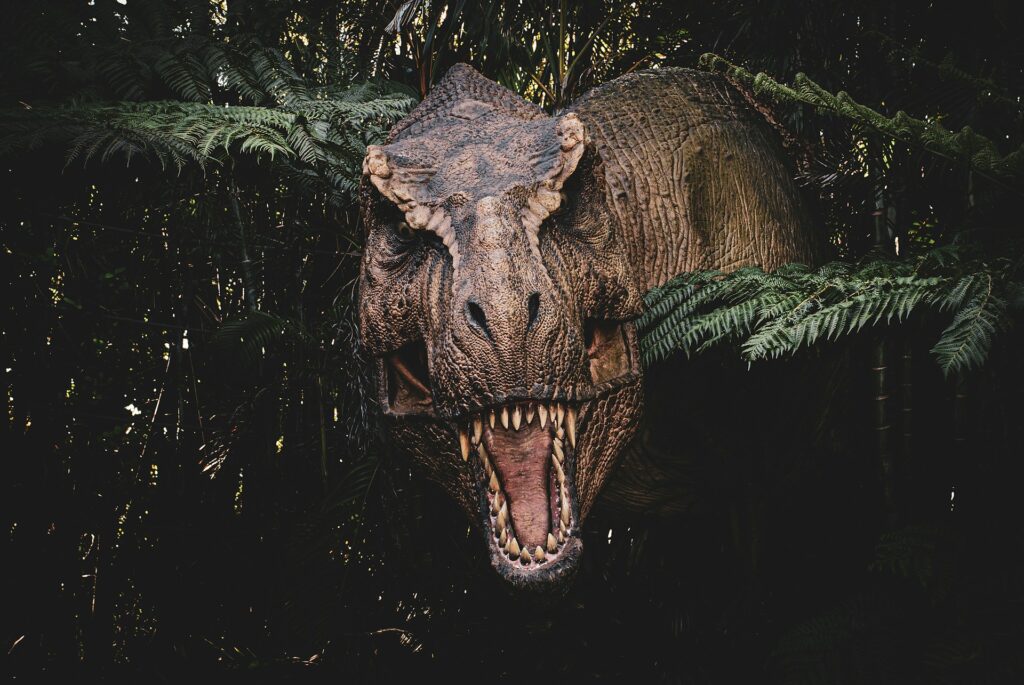
Modern scanning technology has allowed scientists to look at the inside of dinosaur skulls without destroying them. What they’ve found is pretty eye-opening. Some species, especially theropods like Tyrannosaurus rex, had large olfactory bulbs for smell and strong optic nerves, suggesting heightened sensory awareness.
But even more surprising is the evidence of well-developed cerebellums and cerebral hemispheres—regions associated with coordination, learning, and emotion. A 2023 paper in Journal of Comparative Neurology found that some dinosaur brain structures mirrored those of birds, which further supports the idea that these animals were capable of far more than base survival.
They may have passed on culture-like behaviours.
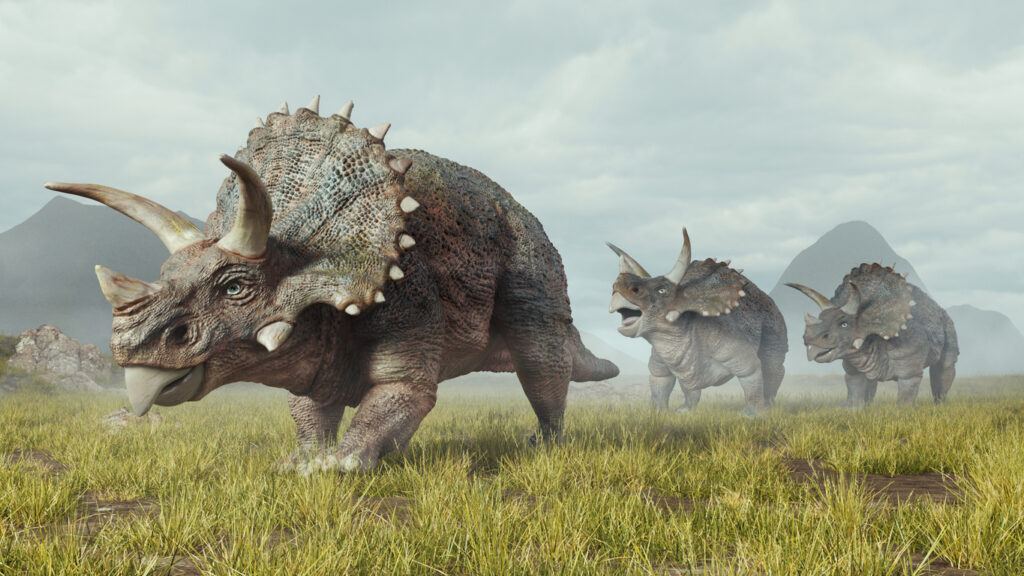
This one’s a bit controversial, but it’s gaining traction. Some palaeontologists believe dinosaurs may have had “cultural” traits—behaviours passed on through generations rather than hard-wired by genetics. That could include migration routes, nesting techniques, or even hunting strategies.
The repetition of certain nesting behaviours across fossil sites, as discussed in this study from PLOS ONE, suggests the possibility of learned traditions. It’s not proof of culture as we know it, but it certainly opens the door to rethinking how these ancient animals may have shared knowledge.
Dinosaurs used tools—or something close to it.
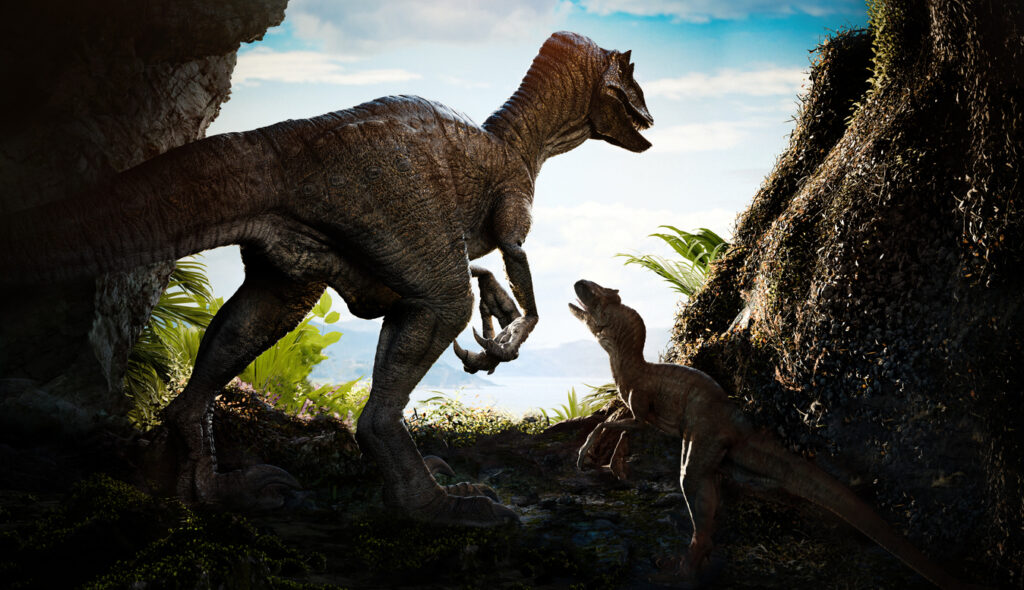
No, they didn’t have hammers and spears. But some raptors may have used their claws and environment in ways that edge into basic tool use. For example, there’s speculation that certain dromaeosaurs could have used their sickle-shaped claws to pin prey while using their arms to tear at it. It’s not far off from how birds like herons use sticks to lure fish.
According to a 2021 report from the Smithsonian, such behaviour hints at intentional, controlled movement and environmental awareness. It may not be tool use in the human sense, but it still points to creativity and a form of basic manipulation—traits shared with some of the smartest animals alive today.
They navigated complex ecosystems with precision.
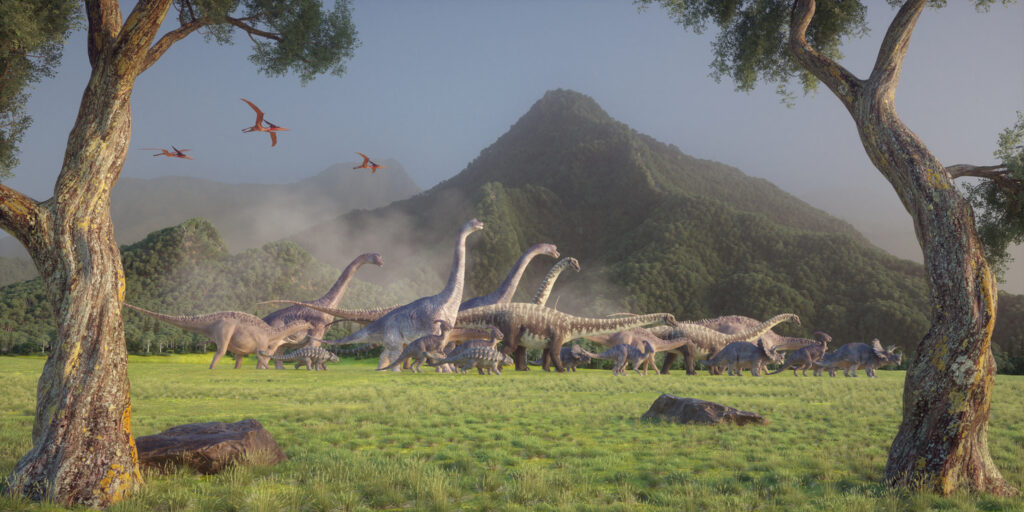
Dinosaurs didn’t just survive—they thrived in ecosystems that were dynamic and full of challenges. Whether it was avoiding predators, finding mates, or tracking seasonal food sources, they had to read their surroundings and act accordingly. This level of situational awareness isn’t easy, and it implies that their cognitive skills were more advanced than the old “big dumb lizard” stereotype allowed.
Modern ecology studies, like those summarised by the Royal Society, suggest that animals with advanced spatial and temporal awareness are more successful in fluctuating environments. Dinosaurs’ long reign across diverse climates and continents suggests they had what it takes to interpret and respond to change intelligently.
Bird brains offer a living glimpse into dinosaur intelligence.
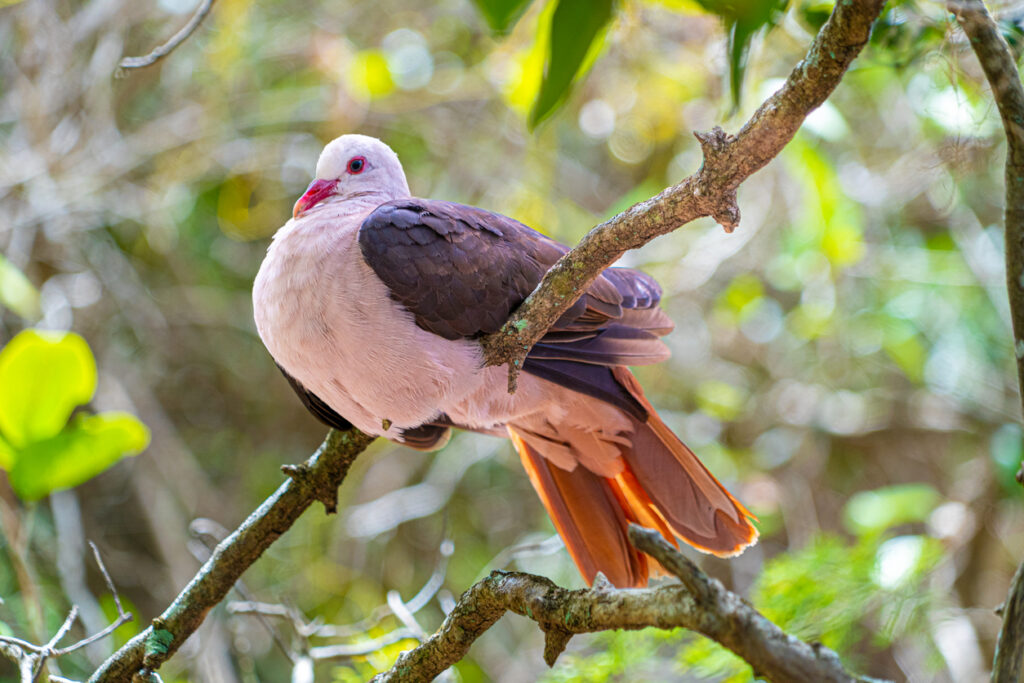
One of the best clues we have about dinosaur smarts comes from modern birds. Corvids, parrots, and even pigeons show an impressive range of intelligent behaviours, from recognising themselves in mirrors to solving complex problems. Since birds evolved directly from theropod dinosaurs, it’s not a stretch to think many of those abilities were already present in their ancestors.
As noted in this 2020 study in Current Biology, bird brains are incredibly dense with neurons—particularly in the forebrain, the region associated with decision-making and problem-solving. That kind of neural wiring likely had its roots in their dinosaur ancestors, reinforcing the idea that intelligence was part of the package long before birds took flight.